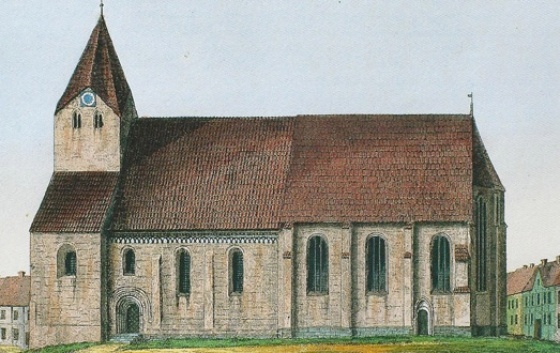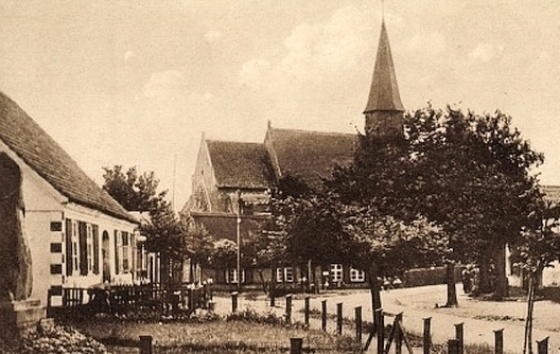The dioceses of Ratzeburg, Schwerin and Cammin shared responsibility for the church. Many convents were founded in new towns. Lay brothers (conversi) in granges revived the ideal of monks’ handiwork. Mendicant orders found a home next to hospitals. The Franciscans received a lot of devotion, often in contrast to the parish churches.
With the development of the parishes at the start of the 13th century all residents of the state were involved in the organisation of the church municipality.
Alongside the vicar and patron as representatives of the regime, church wardens also had responsibility and the opportunity to cooperate in the parish.

